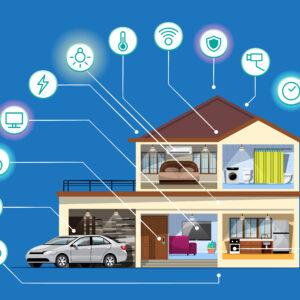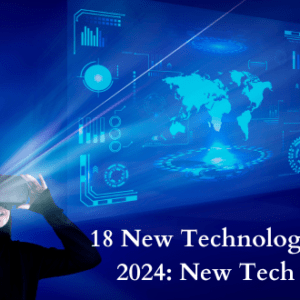Rail and metro are changing. For a long time, they seemed like a solution for many train operators, built only to get as many passengers as quickly and safely as possible in and out, but no more. Stations are shifting and offering passengers more than a building that quickly exits and arrives with little time to save before catching a train. Innovation helps customers to get the latest technology updates. It’s a space to linger and to enjoy. We are also positioned at the heart of urban regeneration and are a critical link between industry, leisure, and residential spaces because of the central position of stations.
Online Tickets Availability:
In the rail and metro industries ticketing is among the most creative fields, perhaps most evident among SmartCard systems in a growing world of transport networks, overwhelming paper tickets. Digital agents, primarily a station computer, with a combination of a ticket office, a selling machine, and a call centre, could also be the next innovation. A passenger who uses the digital agent will talk to a’ true person,’ who provides an experience similar to the ticket window except via a video link. The ticket agent that you are talking about will typically be at a central plaza. Online ticket availability will be a good medium for advanced technology updates and enables passengers to be aware of changing trends.
Locality Schemes:
Passenger loyalty schemes, which already represent a major part of the airline industry, are a trend for rail and metro operators and are organized marketing efforts that reward and therefore promote loyal purchasing behavior. In deregulated markets, where passengers have several options over a particular route, the design of loyalty schemes has become particularly important. The advancement of smart card technology and data storage has also made it possible to operate more efficiently and effectively
Modern Station Designs:
The rail and metro station are evolving and provides much potential development for passengers as passenger numbers rise in general and demands and standards are increasing. It is essential to ensure that a large number of passengers can move freely and efficiently from and through a station to preserve the operational efficiency of the transport system in general.
High-Speed Rail and Metro:
In many places in the world, high-speed rail has already revolutionized domestic and international transport. And plans to move much faster are being built now. High speed enables service loyalty to customers and generates trust and gives the latest web technology update to the passengers which act as a good medium of communication.
Wi-Fi Availability:
Wi-Fi availability is an add-on to the advantages of modern technology. Wireless Internet links inside light rail and metro are well established and provided throughout the world in many trains and stations. Yet Li-Fi could soon replace a new technology and become a mobile internet future. Li-Fi transmits data with the visible light spectrum and many analysts say that it will lead to lower costs and more performance for conventional Wi-Fi. Wi-Fi and Li-Fi are both electrically transmitting data, whereas Wi-Fi uses radio waves, Li-Fi uses visible light. As the radio spectrum is much more predominantly visible light, the information rate is much lower and provides a better value.
Passengers Entertainment:
This technology enables passengers to experience a journey, especially on long journeys, which is equal to or even greater than that of an airline journey. It not only provides a better customer experience but also opens possibilities to generate additional revenue through the delivery of entertainment as a paid service. Passenger entertainment for most of the providers is still relatively educational, but with the software growing and expanding it will continue to grow.
Digital Signage:
Many times, signs at rail and metro stations were sometimes ignored. Now a series of changes are giving rise to this disgraceful yet necessary part of the industry, and even at a time when the use of digital signage is omnipresent, mobile devices are still on the rise.
Virtual reality is a major title now and already used in the manufacturing process with the Bombardier business giant. The use of liquefied natural gas (LNG) as an alternative to diesel to power trains is a growing area of interest. Many railways have already been tested for its benefits in providing a competitive price, lower carbon emissions and a proven regulatory structure in comparison with their rivals in fossil and renewable fuels.










